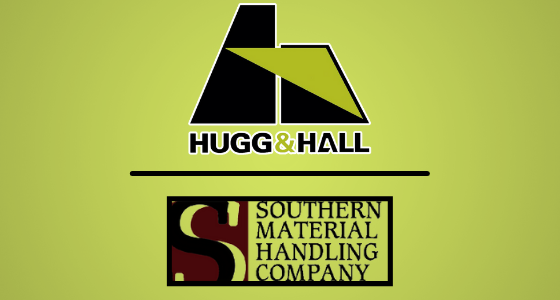
Hugg & Hall Equipment Company Announces Acquisition Of Southern Material Handling Company
Dealership Expands to Provide Full Line of Equipment Needs to Eastern Oklahoma LITTLE ROCK, ARKANSAS...

Dealership Expands to Provide Full Line of Equipment Needs to Eastern Oklahoma LITTLE ROCK, ARKANSAS...
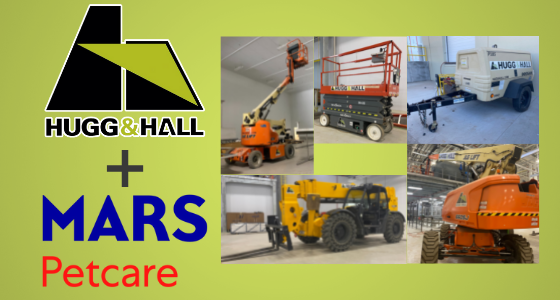
[metaslider id="51167"] Fort Smith, AR Beginning May, 2021, Hugg & Hall started work with contractors...
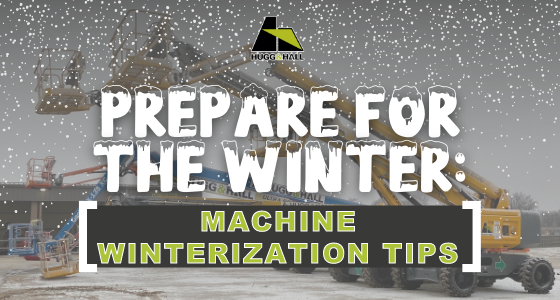
Winter brings shorter days, frigid temps, and icy conditions. During this time of year, we...
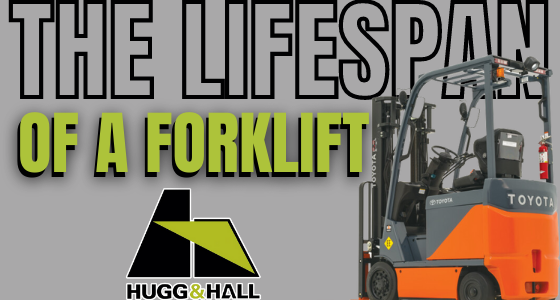
Forklifts, like any heavy machinery, are a pricey investment. You want to make sure you’ve...

Earlier this month, the Fayetteville Public Library in Fayetteville, AR opened the J.B. & Johnelle...
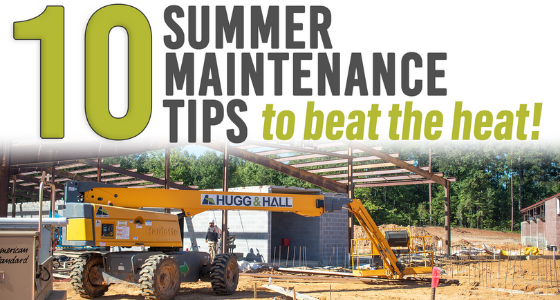
For equipment owners, warmer temperatures require summer equipment maintenance routines. Here are some tips for...
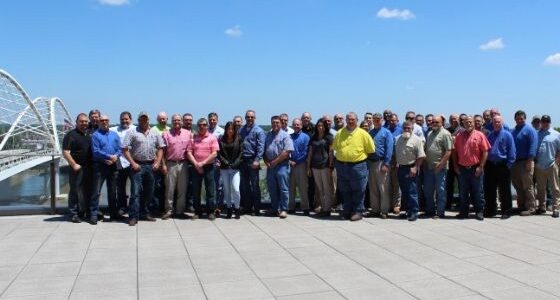
The Hugg & Hall Equipment Company (Hugg & Hall) Product Support Team gathered for a...

There’s no way to perfectly protect from theft, but there are some measures you can...
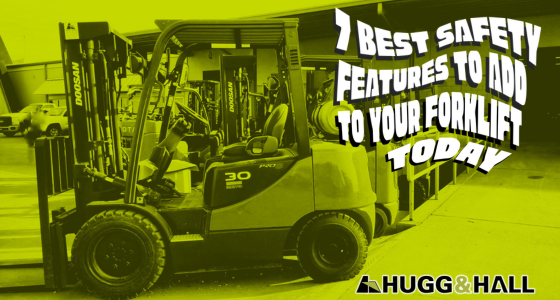
Forklift safety is vital to keeping your warehouse running smoothly. Here are seven forklift safety...

Genie has introduced the release of two "high float," ANSI-compliant boom lifts. The lifts are engineered...